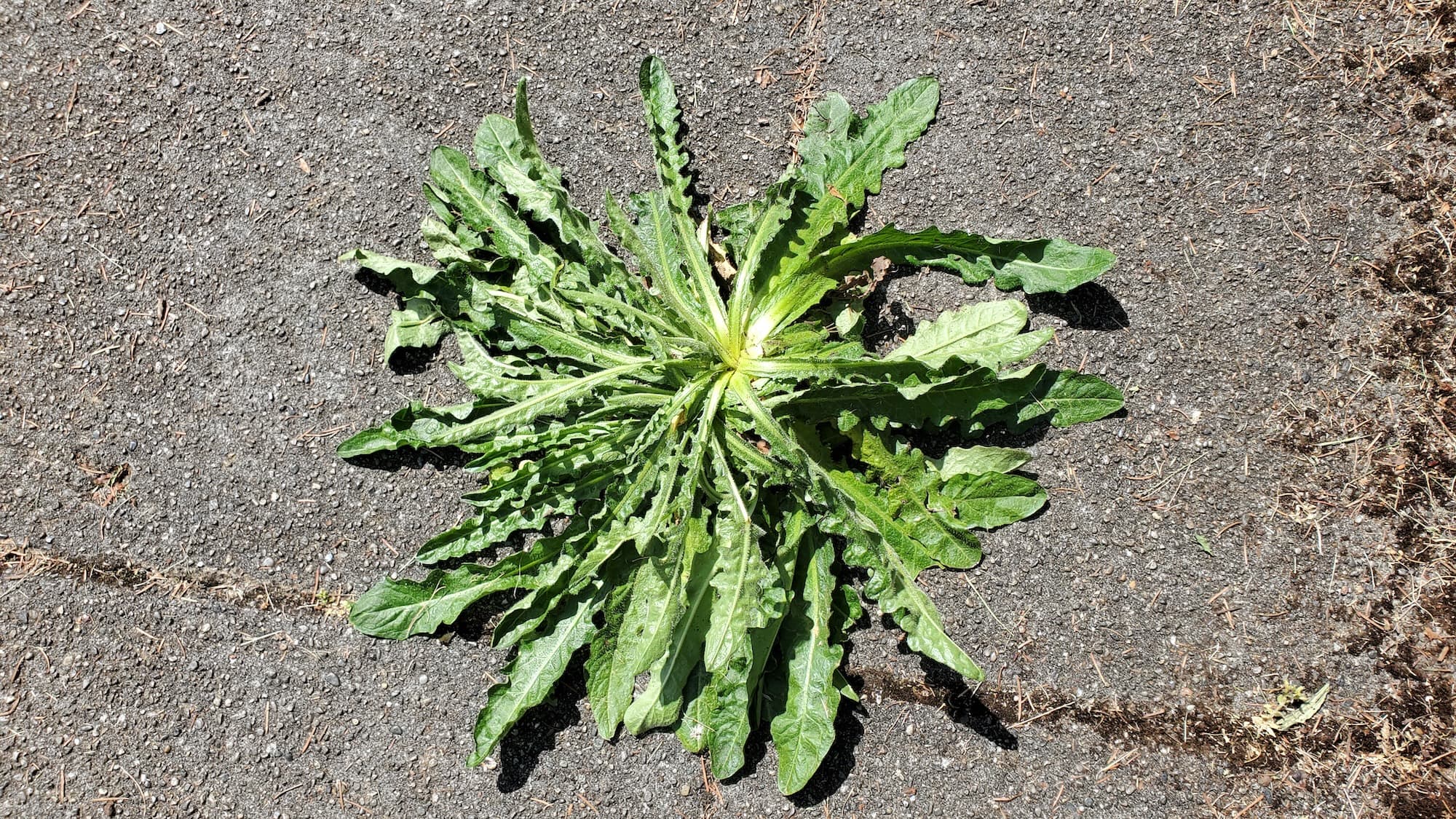West Seattle Spread new mulch
Mulch is a small job that changes everything—especially on slopes, shady ravines, and salt‑sprayed bluffs around West Seattle. Properly applied mulch cuts weeds, evens moisture swings, and ties a yard together visually, which matters here where compacted glacial till, moss, and winter rains are the norm.
Homeowner’s Issue
West Seattle yards face a few predictable headaches. The neighborhood sits on a mix of glacial till and compacted loam; areas like High Point and near Lincoln Park often have poor drainage and compacted soil that holds water in winter and bakes in summer. Heavy winter rain and shady north slopes encourage moss and English ivy, while sunny, exposed spots by Alki and Admiral get salt spray and faster mulch breakdown. Steep driveways and terraced beds suffer mulch washout during prolonged rains, and HOA curb‑appeal rules in some pockets expect tidy edges and consistent mulch color.
Weeds germinate in pulses — late spring and early fall — so timing matters. Summer watering limits some years mean you can’t rely on sprinkler fixes for new plantings; mulch must conserve moisture and reduce irrigation needs. Homeowners want low‑maintenance solutions that won’t blow or wash away on slopes, won’t introduce weed seeds, and comply with sustainable best practices (no herbicides). That’s where correct mulch type, depth, and installation technique make the difference.
Our Quality Service
We install mulch the Seattle‑way: practical, sustainable, and clean. We hand‑rake beds, remove surface weeds manually, and add organic soil amendments when soil tests or plant needs indicate. Mulch is fluffed and spread to manufacturer‑recommended depths—typically 2–3 inches for shredded bark or 3 inches for coarse wood chips on slopes—so it lasts longer and resists erosion.
Tools we use: wheelbarrows, leaf rakes, hand tools for roots, and tack brooms for clean edges. For larger jobs we bring powered loaders for efficiency, but we never shortcut bed prep. Typical timelines: small front beds done in a half day; medium yards (1–2 hours of spread time) in a day; larger properties scheduled as multi‑crew projects. We use only organic, recycled, or arborist‑grade mulches and never apply synthetic herbicides.
Benefits: improved curb appeal, reduced watering needs, fewer weeds, stabilized slopes, and a tidy look that meets HOA standards.
What’s Included
- Site assessment and recommendations for mulch type and depth.
- Manual weed removal and light root pulling around plant bases.
- Even application of chosen mulch to recommended depths (2–4 inches).
- Cleanup: swept paths, swept gutters where safe, and removal of job debris.
- Options/upgrades:
- Mulch + landscape fabric (installed only where appropriate).
- Organic weed control (manual, solarization, or mulching techniques).
- Soil amendment (compost topdress) before mulching.
- Edging refresh or installation.
- Haul‑away of old mulch/green waste vs. green‑bin drop‑off.
Before & After / Expectations
Work creates noise and a short‑term mess: wheelbarrows, piles of mulch, and staff on site. Expect a full cleanup and clear walkways by the end of the day. On steep or narrow lots (common around Fauntleroy and some Alki bluffs) we may stage materials on the curb or bring in a small loader—access and parking should be pre‑arranged.
Timelines: allow a half to full day for typical front or small yard beds, a full day for larger yards. Mulch settles in 2–4 weeks; we recommend a light top‑up next season. Debris handling: we can haul away, load green‑bin, or leave compostable material if you prefer.
Care tips for West Seattle:
- Water new plantings early morning for the first two weeks in dry summers.
- Expect peak weed pressure in late spring and early fall; hand‑pull or spot‑solarize.
- Moss in shady beds improves with thinning canopy, aeration, and a halved mulch depth near trunks.
- Anchor mulch on slopes with thicker pieces or install simple stakes/edging to prevent washout.
FAQs
Q: How often should I re‑mulch in West Seattle?
A: Most beds need re‑mulching every 12–24 months depending on sun, foot traffic, and type of mulch. Shredded bark breaks down faster in wetter spots.
Q: Do you use herbicides for weed control?
A: No. We use organic methods only—manual removal, mulching, and solarization where needed.
Q: Can mulch damage my plants or trees?
A: Only if piled against trunks. We keep mulch pulled back from stems and recommend 2–3 inches depth to avoid collar rot.
Q: What about runoff on steep slopes?
A: We recommend coarser chips, increased depth at the top, and edging or simple erosion controls to hold material in place.
Q: Do you provide estimates remotely?
A: Yes — we do quick photo/video estimates and follow with an on‑site assessment when needed.
Call to Action
West Seattle homeowners: ready for beds that cut maintenance and look sharper through rain and sun? Book a free estimate and we’ll show practical, sustainable options tailored to your slope, soil, and exposure near Alki, Admiral, or Lincoln Park. Fast scheduling and clear quotes — no herbicides, just honest work.
Email: neatandtidyseattle@gmail.com










